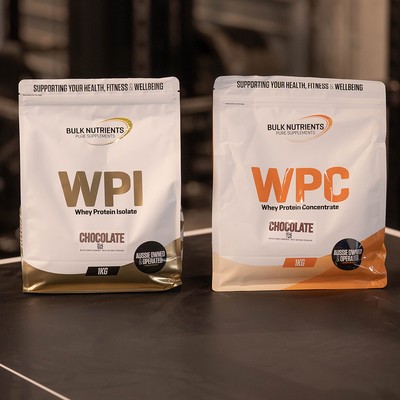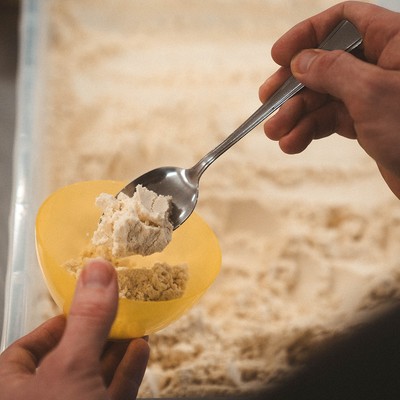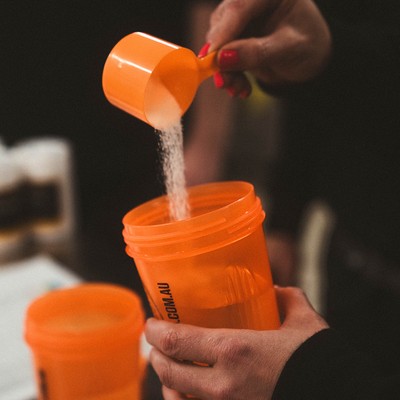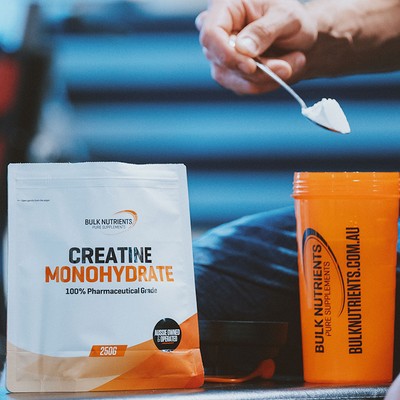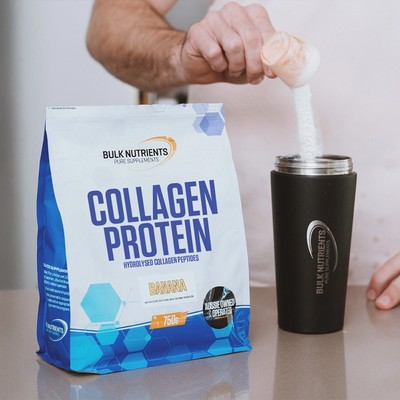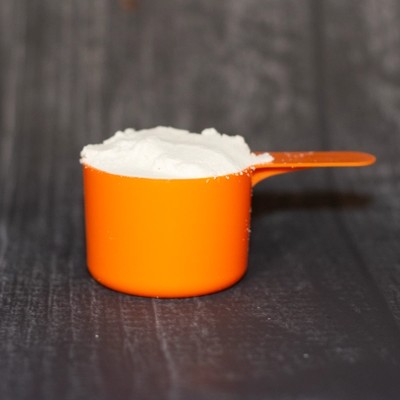Not Training for a Period Helps You Grow More Muscle

Time away from the gym for muscle growth
Most of us have two days of rest a week, some more. We train for around two-four days at a time and have a day off.
And we get results.
And so, we keep doing it week in and week out.
But what about if we were to spend less time in the gym and rest more?
I'm willing to bet a few lifters will spit their protein shakes out in dismay after learning the findings of this new study!
The authors found that seven sessions of weight lifting, when conducted three times per week, was then enough to significantly reduce the markers of muscle growth. Basically, the ease of muscle growth and adaptations was blunted after that amount of lifting.
But when the study subjects took ten days off, the markers of muscle growth refreshed, and resuming training then was a great idea.
It means that more gains might be made by having ten days off, than continuously slugging it out at the gym!
Unbelievable right?
But before you make any drastic changes to your program, keep reading.
The aim of the study and what the authors wanted to find
The researchers conducted the study to see what the time frame was in which the markers of muscle growth dropped off, and which form of training assisted this. They examined three training approaches to arrive at a conclusion:
- Training type one: They tested if progressively overloading (ie, adding more weight each workout), which we know is great for our gains, will BLUNT the markers of muscle growth and key muscle growth pathways so we can keep making gains.
- Training type two: They tested if training constantly (without adding more weight) blunted the markers of muscle growth for fresh gains to be made.
- Training type three: 10 days of NO TRAINING AT ALL!
And the third type of training (ie, none) was of course the best at blunting the markers of growth.
Fourteen healthy males in their twenties took part in the study, and they trained three times per week: three sets of 10-12 reps on a leg press and leg extension machine.
The other interesting finding was that there was no difference in progressive overload or constant loading (not adding more weight) for these markers.
The subjects engaged in regular sports activities and also had experience with resistance training but were not specifically resistance-trained (they were lifting weights less than twice per week).
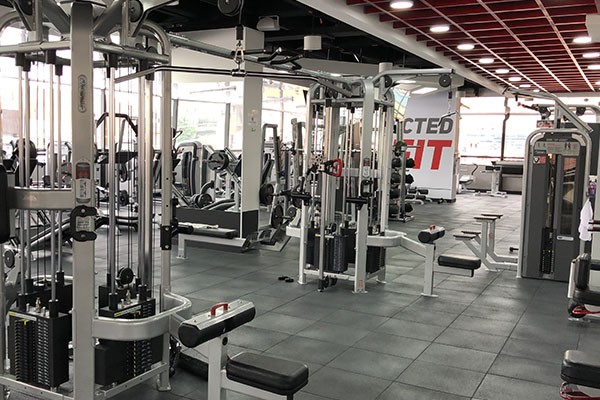
How can we take advantage of these results in our training?
One leading muscle growth researcher, Brad Schoenfeld (who didn't conduct this study) tells us:
"We're a long way off from being able to draw strong conclusions on the topic, and even a long way off from understanding practical implications, but perhaps taking a week off every few months may help to provide an "anabolic boost" and overcome plateaus. A strategy perhaps worthy of experimentation..."
It means the week off is valuable though, we know that. But maybe some of us didn’t know it was as valuable as this study has illustrated. It might mean even more frequent "weeks off" are more valuable.
I know myself, I'm guilty of hardly ever having one. But this study certainly makes me reconsider!
Do your own experimentation
So, it really means we should take to experimentation: try maybe three weeks of training and one week off and see how you go? Or try maybe five-week blocks or ten?
The best way to know might be to do a DEXA scan at the start of a 6-month period, and try it for 3 months, followed by a washout period of 4 weeks (that might be tough!) before trying another experiment for 3 months to see what yields more growth?
The best thing might be to just take more weeks off every 8-10 weeks. It's really up to you.

The bottom line on a 10-day training break
In this new study, taking 10 days off training after three weeks of training legs was better for resetting the markers and key pathways of muscle growth. This means they are primed to be fired up again, and thus more muscle gains can be made.
This 10-day rest period is in comparison to progressively overloading with weight or training with the same weight constantly. This means we should look at having 10 days off training after weeks of constant lifting, although after just how many weeks and training sessions is unknown.

Dayne Hudson
Like many, Dayne was once desperate to lose weight and get into shape. But everyone he asked, everything he read, lead to the same place... nowhere.
His journey started there - researching science journals and completing a Sports Nutrition Specialist qualification so he could make weight loss easier.
References:
- Jacko D, Schaaf K, Masur L, Windoffer H, Aussieker T, Schiffer T, Zacher J, Bloch W, Gehlert S. Repeated and Interrupted Resistance Exercise Induces the Desensitization and Re-Sensitization of mTOR-Related Signaling in Human Skeletal Muscle Fibers. International Journal of Molecular Sciences. 2022; 23(10):5431. https://www.mdpi.com/1422-0067/23/10/5431
Related Blogs

The Best Hamstring Exercises for Muscle Growth
Posted by Dayne Hudson
Estimated reading time: 5 minutes

When’s the Best Time of the Day to Train for Muscle Growth?
Posted by Dayne Hudson
Estimated reading time: 5 minutes

What Is the Ideal Rep Range for Muscle Growth?
Posted by Mason Brezinscak
Estimated reading time: 5 minutes





